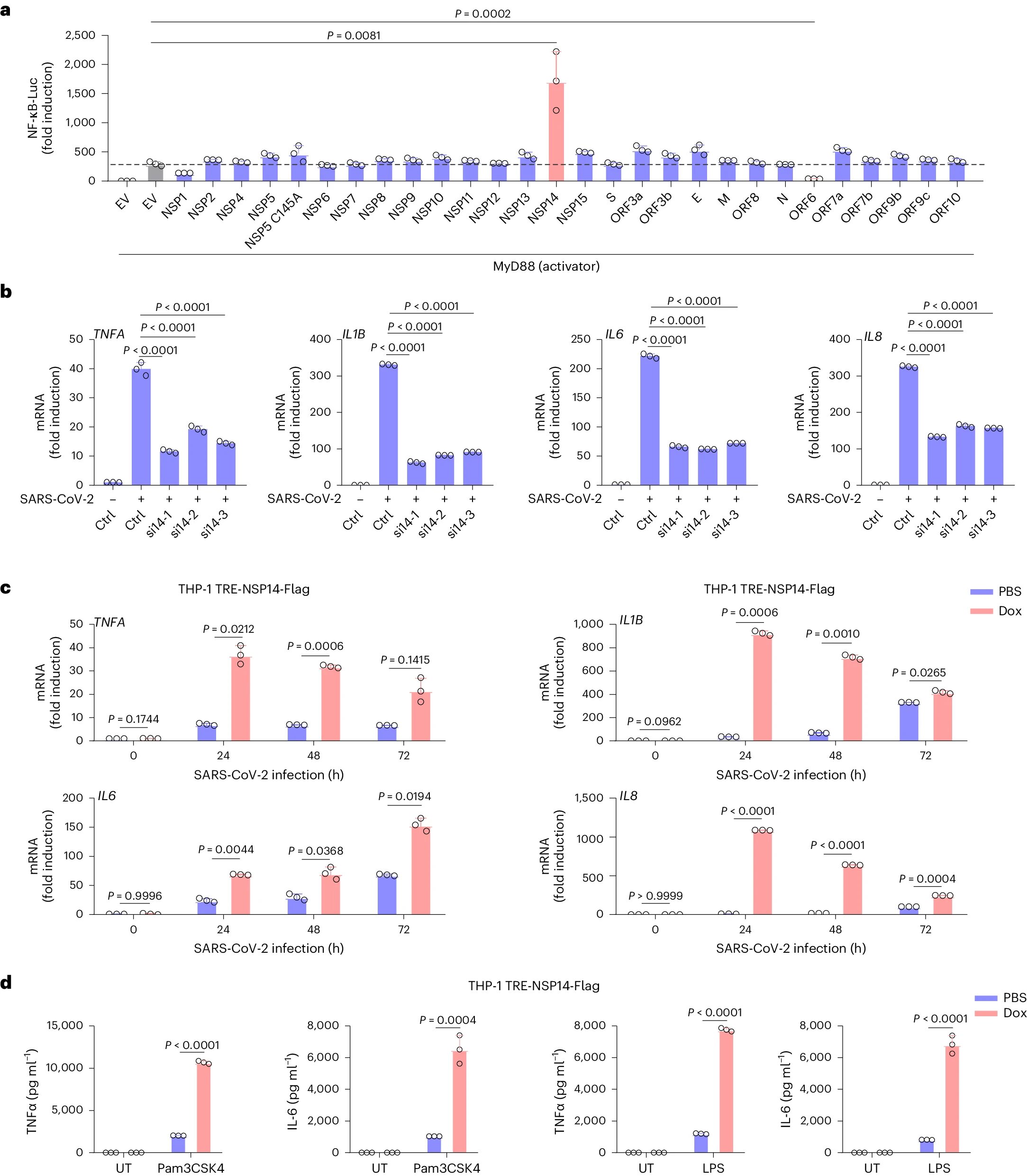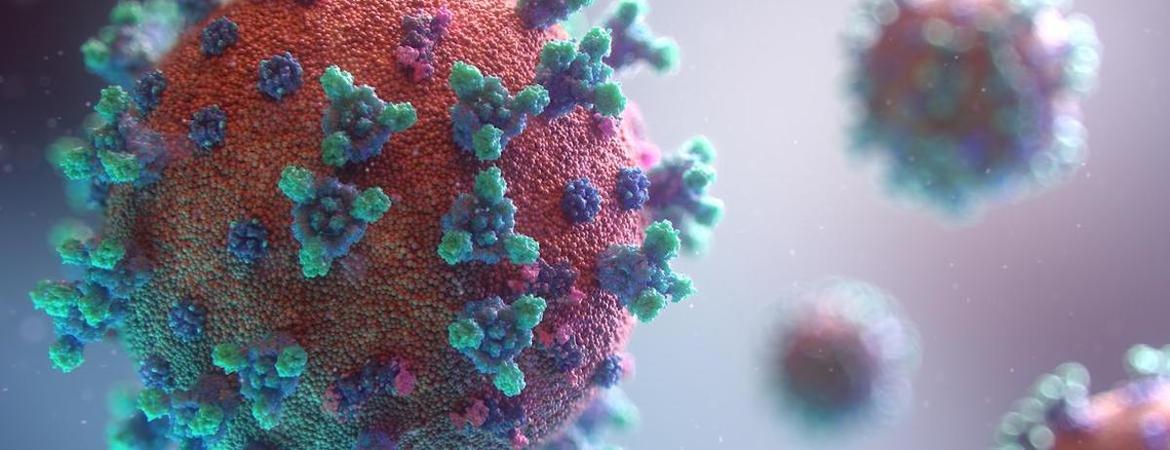
ACE2 tagged posts


Unexpected new insights into how COVID-19 infects ce...
Read More
An experimental “decoy” has provided long-term protection from infection by the pandemic virus in mice, a new study finds. Led by researchers at NYU Grossman School of Medicine, the work is based on how the virus that causes COVID-19, SARS-CoV-2, uses its spike protein to attach to a protein on the surface of the cells that line human lungs. Once attached to this cell surface protein, called angiotensin converting enzyme 2 (ACE2), the virus spike pulls the cell close, enabling the virus to enter the cell and hijack its machinery to make viral copies.
Earlier in the pandemic, pharmaceutical companies designed monoclonal antibodies to glom onto the spike and neutralize the virus. Treatment of patients soon after infection was successful in preventing hospitalization and death...
Read More
Author links open overlay panel LiangChena
SikaZhengb
Study shows how variations in SARS-CoV-2 host gene expression can be linked to variations in COVID-19 susceptibility and symptom severity. People have different susceptibilities to SARS-CoV-2, the virus behind the COVID-19 pandemic, and develop varying degrees of fever, fatigue, and breathing problems — common symptoms of the illness. What might explain this variation?
Scientists at the University of California, Riverside, and University of Southern California may have an answer to this mystery.
In a paper published in Informatics in Medicine Unlocked, the researchers show for the first time that the observed COVID-19 vari...
Read More




Recent Comments